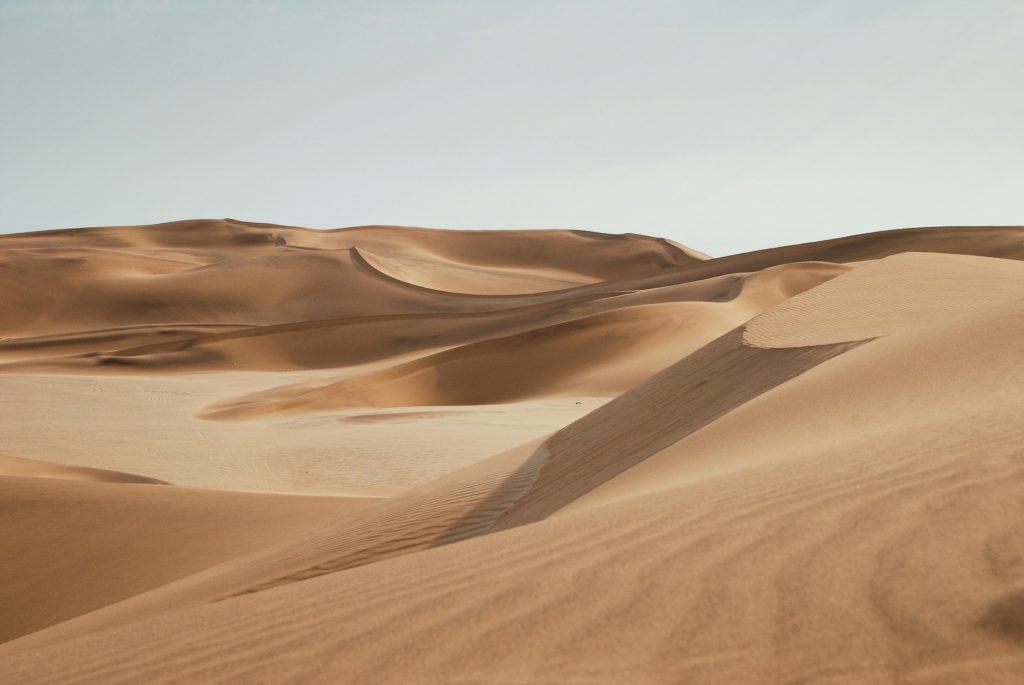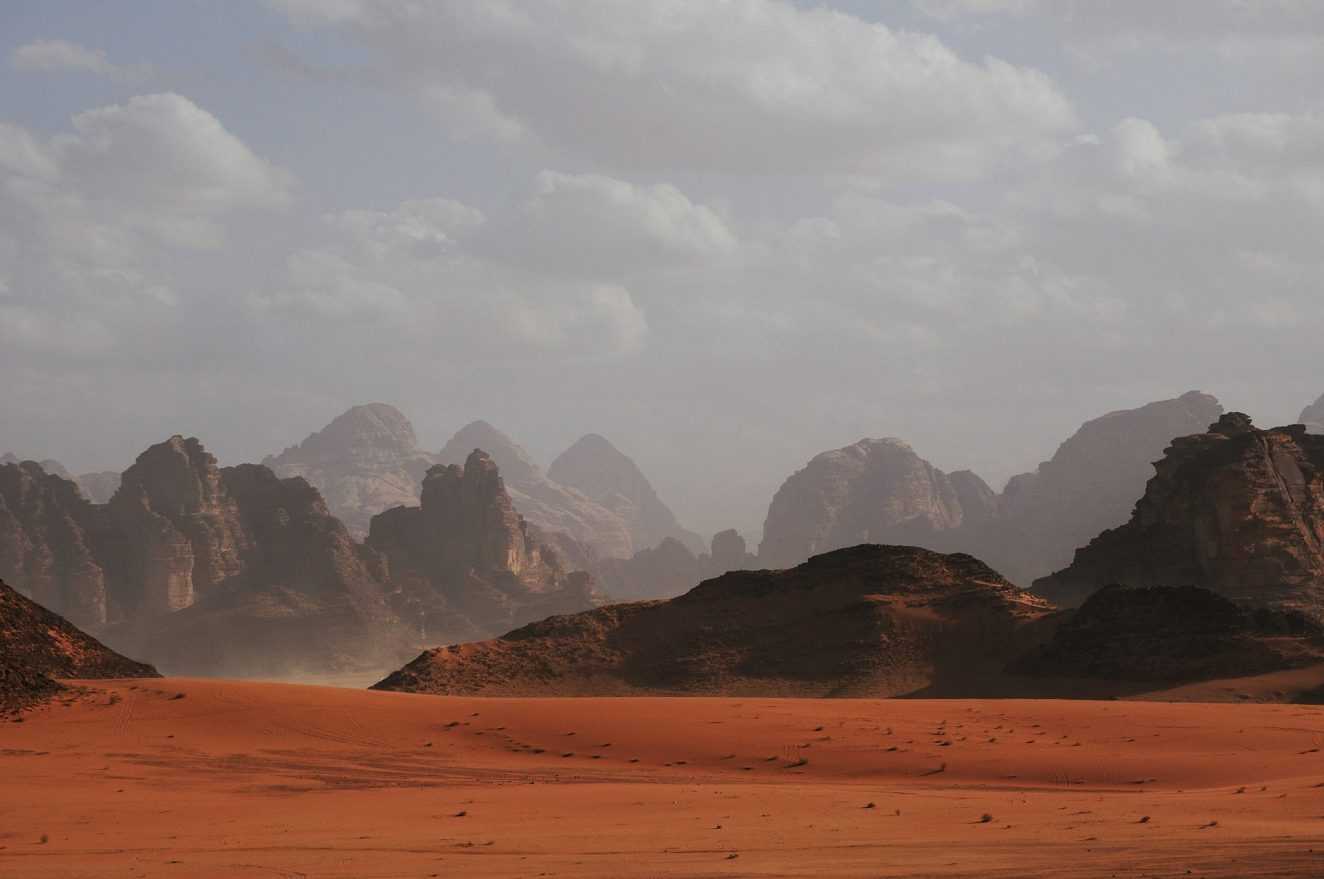Deserts have fascinated humanity for centuries with their vast landscapes and extreme climates. But have you ever wondered why deserts exist and what makes them so unique? Let’s dive into the interesting world of desert formation and uncover the secrets behind these arid regions.

The Role of Geography
Deserts often form due to geographical features like mountain ranges. When prevailing winds encounter these barriers, they are forced to rise, cool, and release moisture as precipitation on one side. The other side, known as the rain shadow, remains dry, creating desert conditions. This phenomenon illustrates the delicate balance between wind patterns and topography.
Weather Patterns
In regions like the Sahara, deserts are shaped by semi-permanent high-pressure systems that inhibit cloud formation and rainfall. The relentless dominance of these systems prevents moisture from reaching the desert, perpetuating its arid environment. Similarly, Antarctica’s cold deserts experience dryness due to low temperatures and reflective surfaces that hinder precipitation.

The Heat Factor
Deserts are notorious for their scorching temperatures, which can be attributed to their lack of moisture. Dry air heats up and cools down rapidly compared to humid air, resulting in extreme temperature fluctuations. Additionally, the absence of vegetation and dark soil in deserts means that surfaces like sand have low specific heat, allowing them to heat up quickly in the sun and cool down rapidly at night.
The Influence of Ground Type
The type of ground in deserts plays a crucial role in temperature regulation. Unlike jungles or cities, which retain heat due to their specific properties, desert landscapes quickly lose heat, leading to chilly nights. The prevalence of sand, with its low specific heat, contributes to the rapid cooling of desert environments, highlighting the importance of surface composition in temperature dynamics.

Numerous elements, such as topography, weather patterns, and surface characteristics, influence desert ecosystems. We can learn more about the complex structure of life in deserts and the processes that generate them if we study their origins. So, the next time you’re in awe of a desert’s expansiveness, keep in mind the incredible forces that shaped its desolate beauty.





